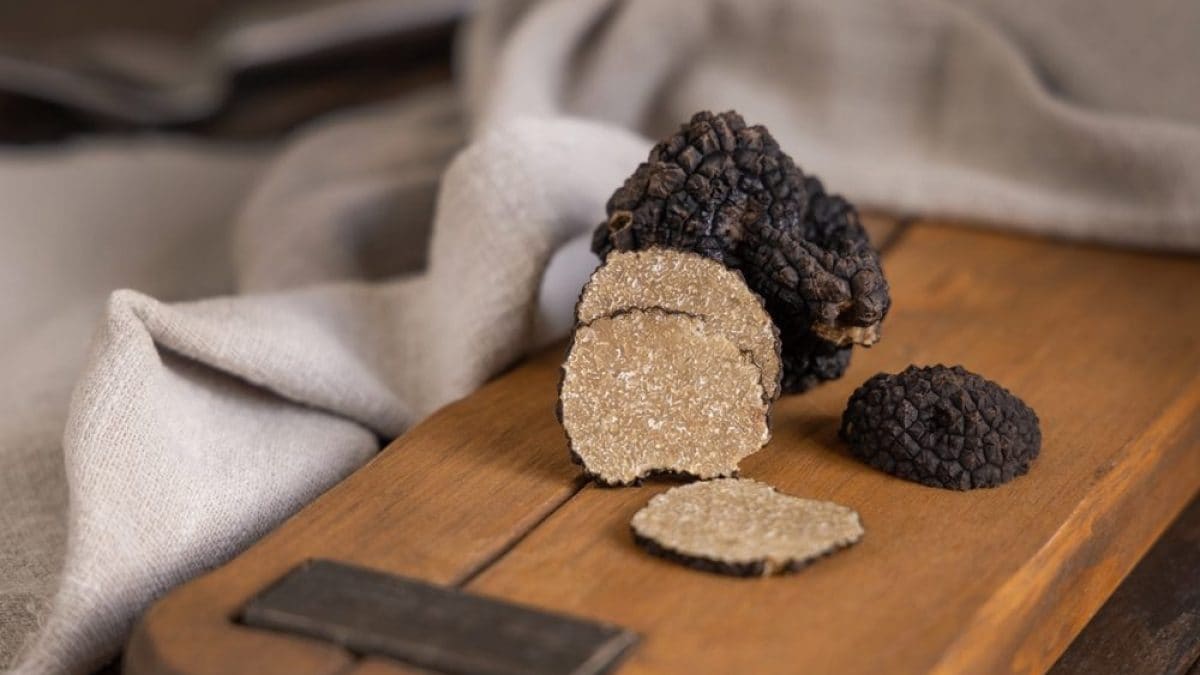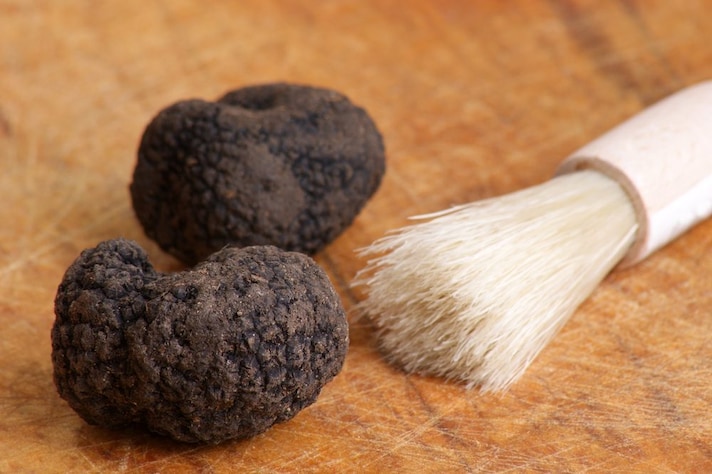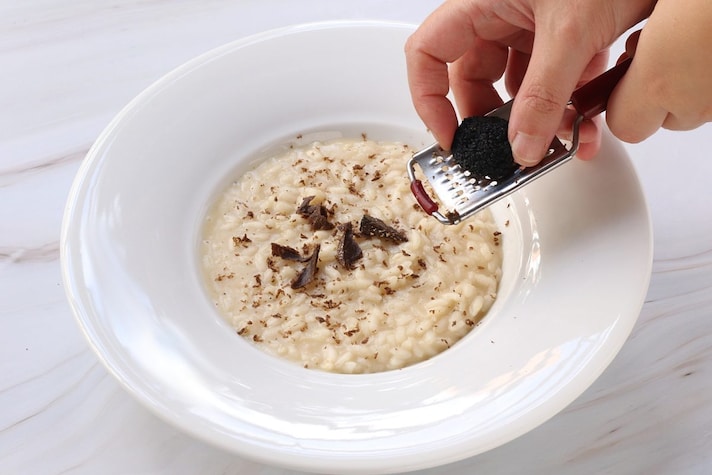
They call it “the gold of the earth” and it is no coincidence: truffle is one of the most prized products in the world, loved or hated for its intense smell and strong flavor. Able to pair with many different dishes, this precious mushroom that grows underground is extremely expensive for several reasons, including its rarity and extreme delicacy.
Precisely for this reason it is essential to learn how to treat it correctly, especially if you were lucky enough to find it in nature or perhaps bought it still natural, untreated. Growing in the ground, in fact, the freshly picked truffle is very dirty, but it should be cleaned only with some specific methods to avoid ruining it. Here is everything you need to know to clean the truffle correctly.
How to Clean Truffles Properly
The aroma is the most important essence of the truffle, the fundamental part to preserve as long as possible at its best but also the part that dissolves most easily, especially if it is not treated properly. As long as the earth surrounds the truffle it provides the fungus with a sort of protective layer that preserves the aroma, but as soon as you go to clean the earth the truffle, exposed to the air, begins to lose its characteristics. Precisely for this reason, truffles are often not sold clean but still with a light layer of earth. The cleaning of the truffle therefore must be done only at the moment of consumption: if you do not eat it immediately there are conservation techniques, while as soon as you decide to want to use it we will explain how to clean it.
Toothbrush and Knife
First of all, remember that basically, except in some rare cases that we will analyze later, you should never use direct water to clean a truffle: precisely because of its delicacy it would be ruined and the volatile substances that make up its precious bouquet could be removed.
The best technique to remove soil residues from truffles is to use a brush on dry truffle, at most slightly moistened with a wet cloth. If you are dealing with a black truffle, the brush or paintbrush should have semi-hard bristles, while if you have a white truffle you need a tool with very soft bristles, because it is a much more delicate variety.

Brush the truffle patiently and delicately until all traces of soil are removed and remember that, for the black truffle, you will have to be particularly careful because its dark color causes the soil to blend into the surface. If you see more resistant residues of soil, use the tip of a knife and remove them, trying not to damage the mushroom, otherwise the aromas will be released and the truffle will lose its intensity.
Should You Use Water, Yes or No?
As we mentioned, the issue of cleaning truffles with water is a delicate one: many truffle hunters completely advise against using water to clean truffles, not even for the most resistant truffles such as the black summer truffle, because part of the volatile substances that make up its precious bouquet could be removed.
According to another school of thought, however, some particularly dirty truffles can actually be treated with water, as long as they do not have holes on the surface. In this case, avoid placing it directly under running water but fill a container with cold water and leave the truffle to soak for a maximum of one minute. This should be enough to soften the most stubborn dirt, to then allow you to remove it with a cloth, dry the truffle well and proceed with brushing. Try never to use this procedure on white truffles, which are much more delicate than the black one.

;Resize,width=767;)
